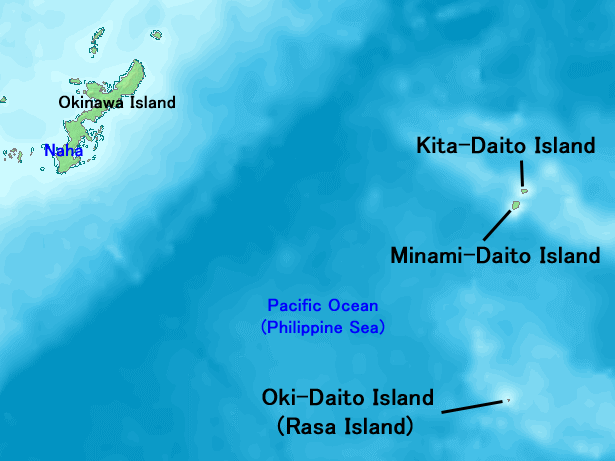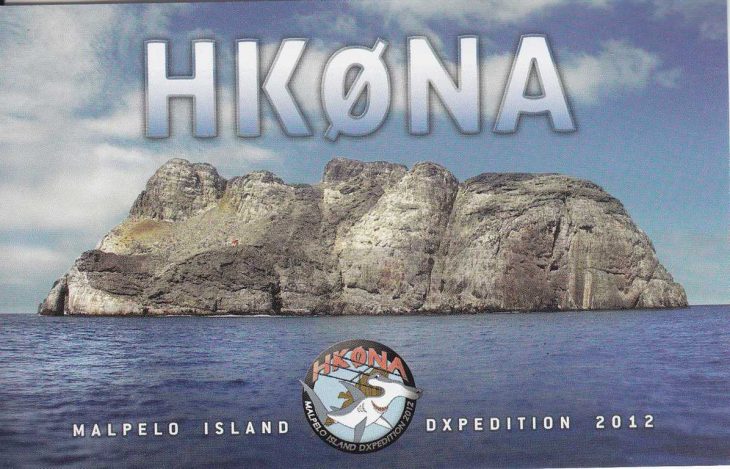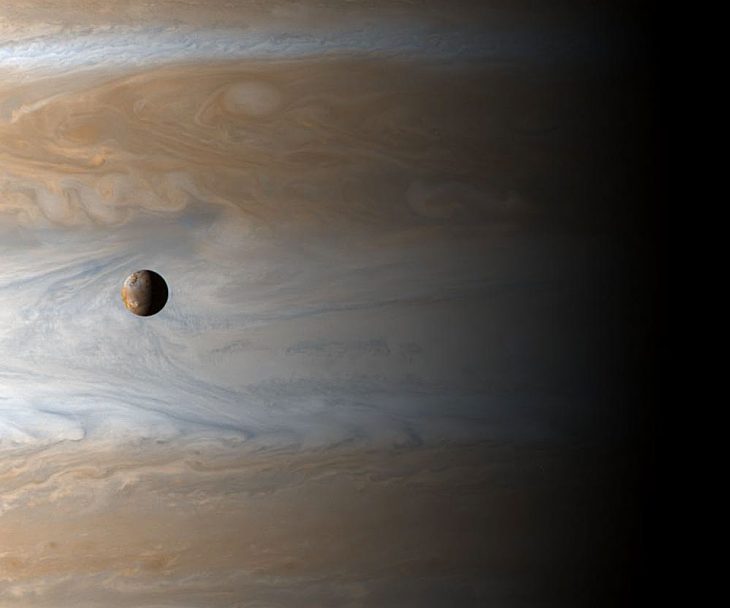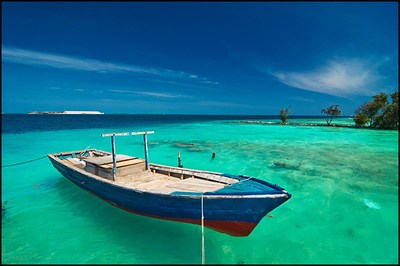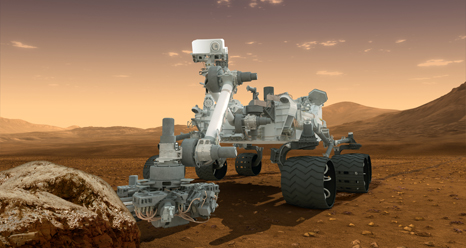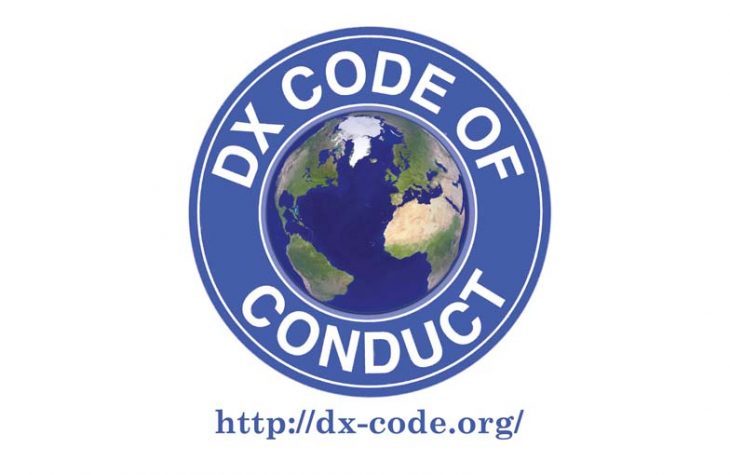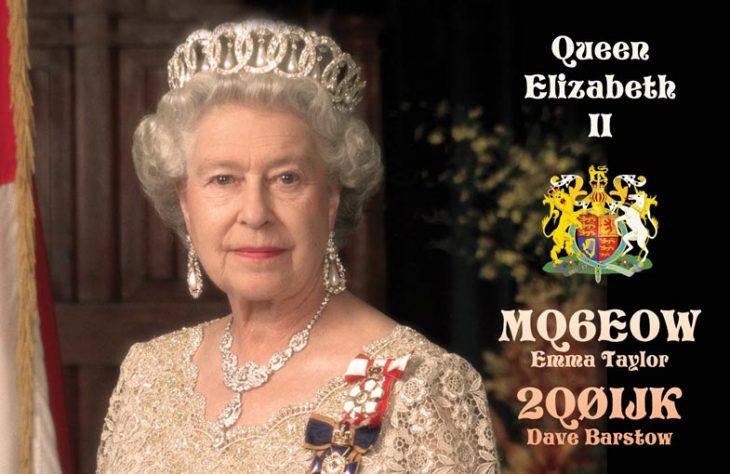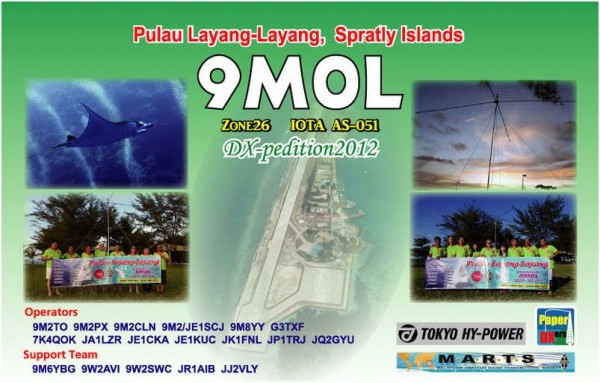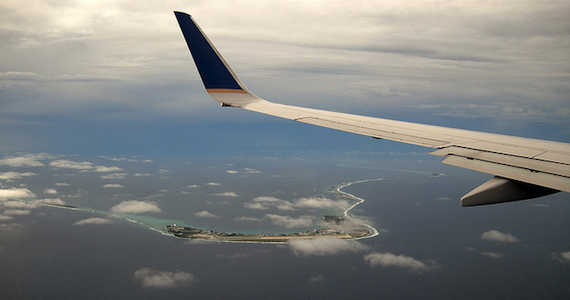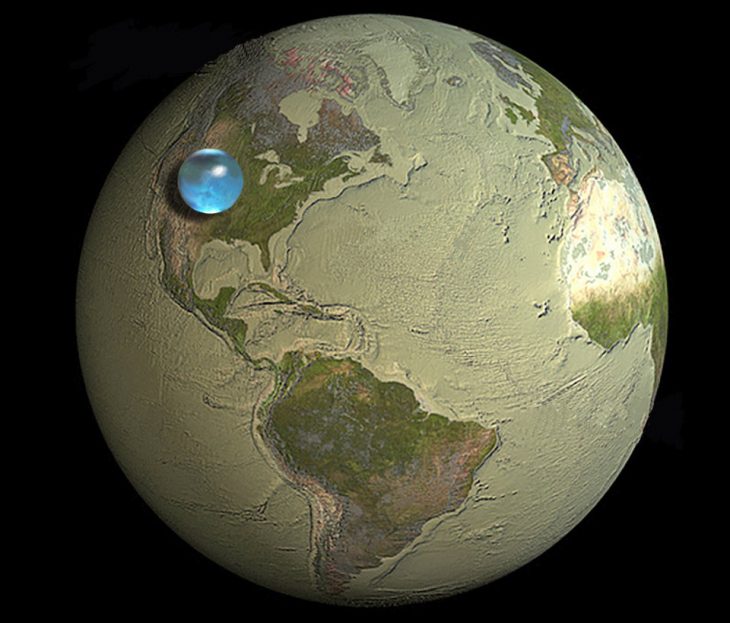JE1SCF/6 & JG4IQC/6 will be active from the Daito Islands IOTA AS-047 between June 27 to July 2, 2012.
They will be using an HB9CV for 20/15/10m and long-wire for 40m + WARC bands. Mainly active on 20/17/15m CW.
Daitō Islands (大東諸島 Daitō Shotō or 大東島地方 Daitō-jima Chihō) are three islands that lie about 217 miles (349 km) east of Okinawa. Although these islands have long been known in Okinawa as Ufuagari (the Great East), all of the islands were uninhabited until the Meiji period, when people from other parts of Japan arrived.

